Tulips are one of the most beautiful flower species in Europe, with their elegant beauty and vibrant colors, have long been revered as one of nature’s most majestic blooms.
Tulip flower images
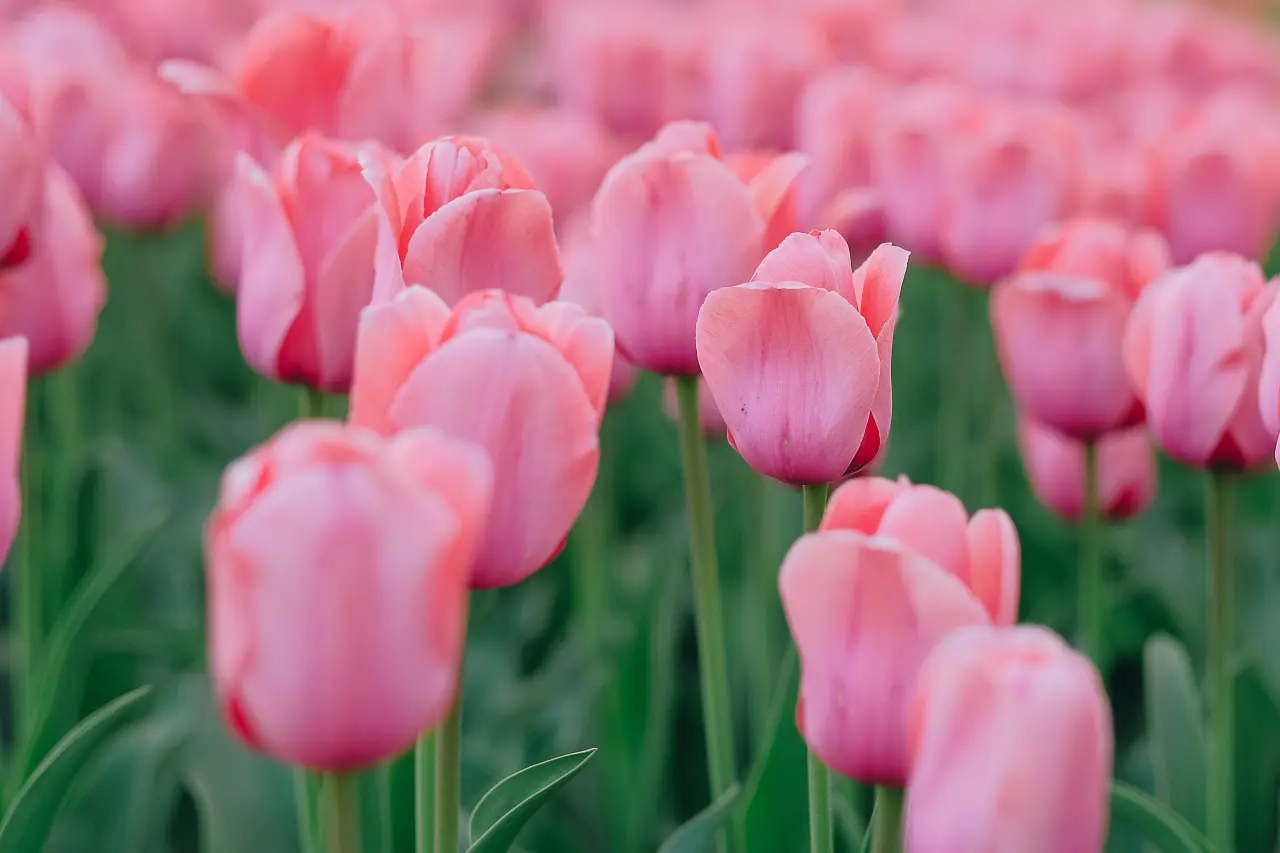
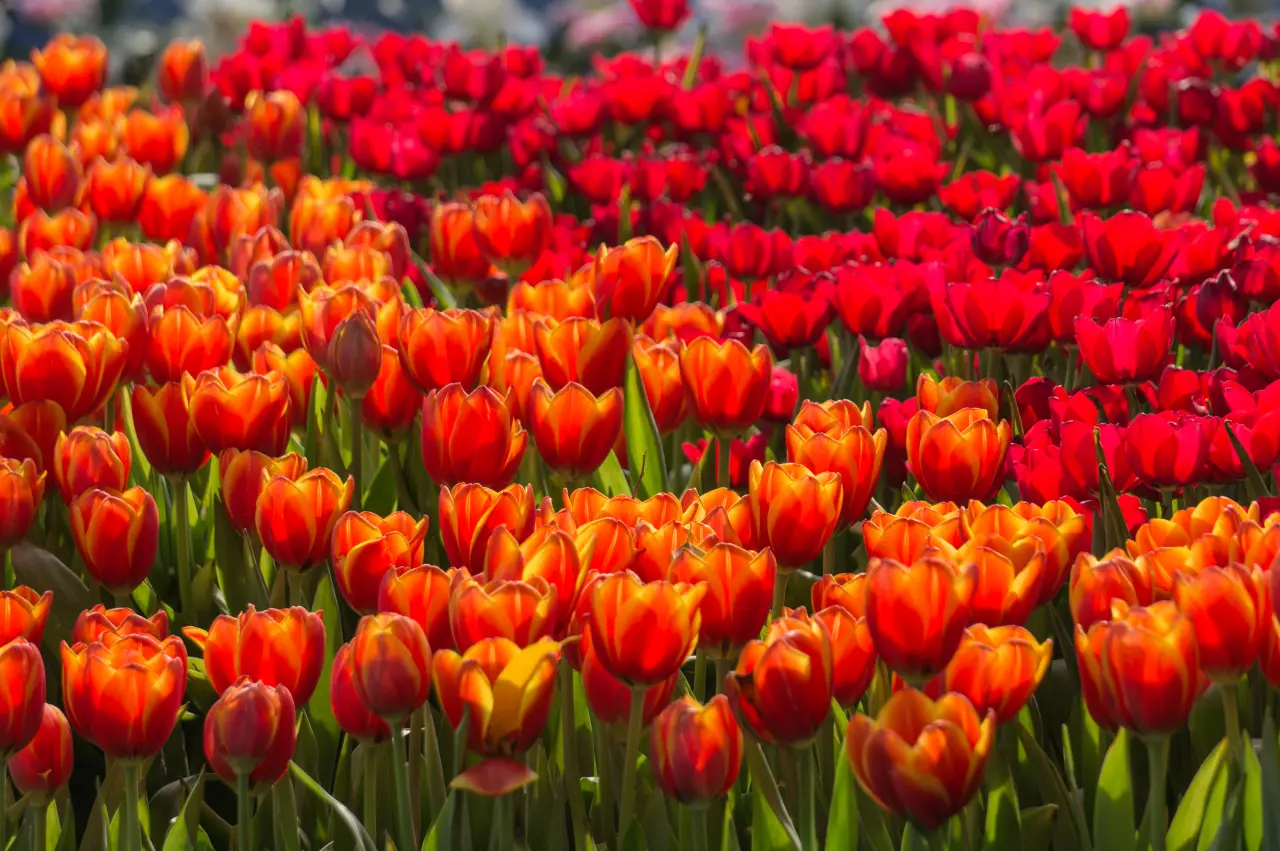
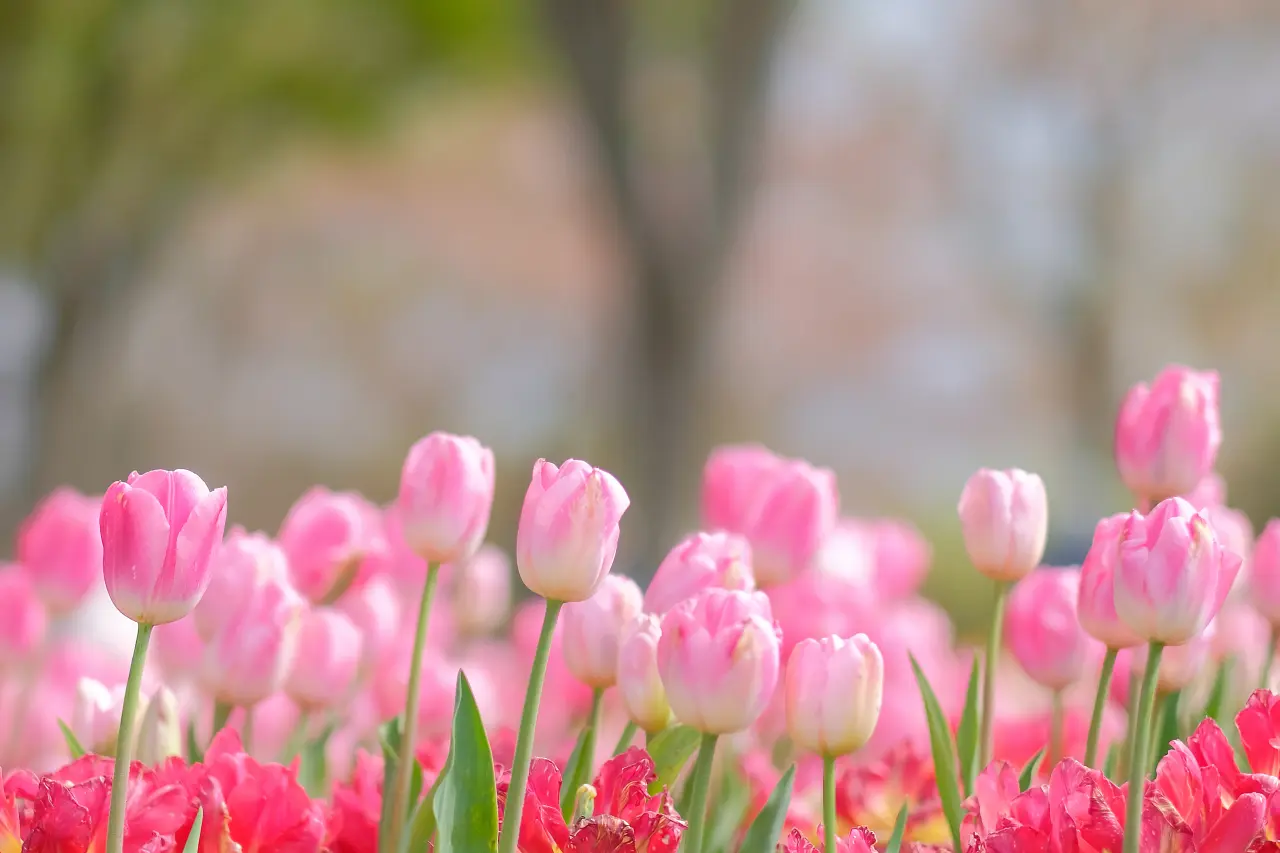
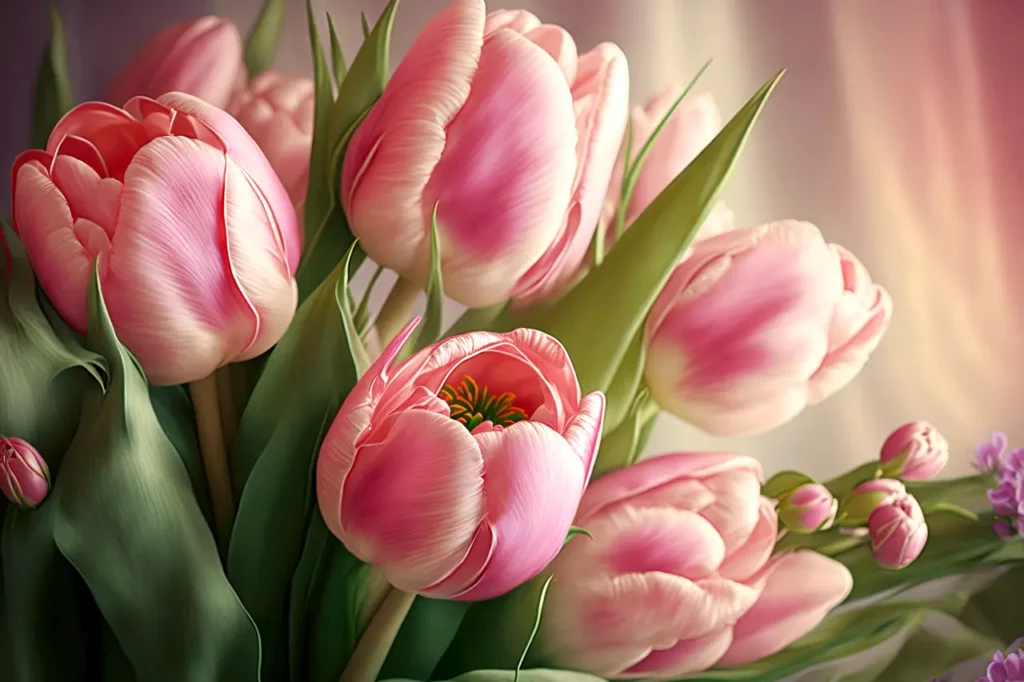
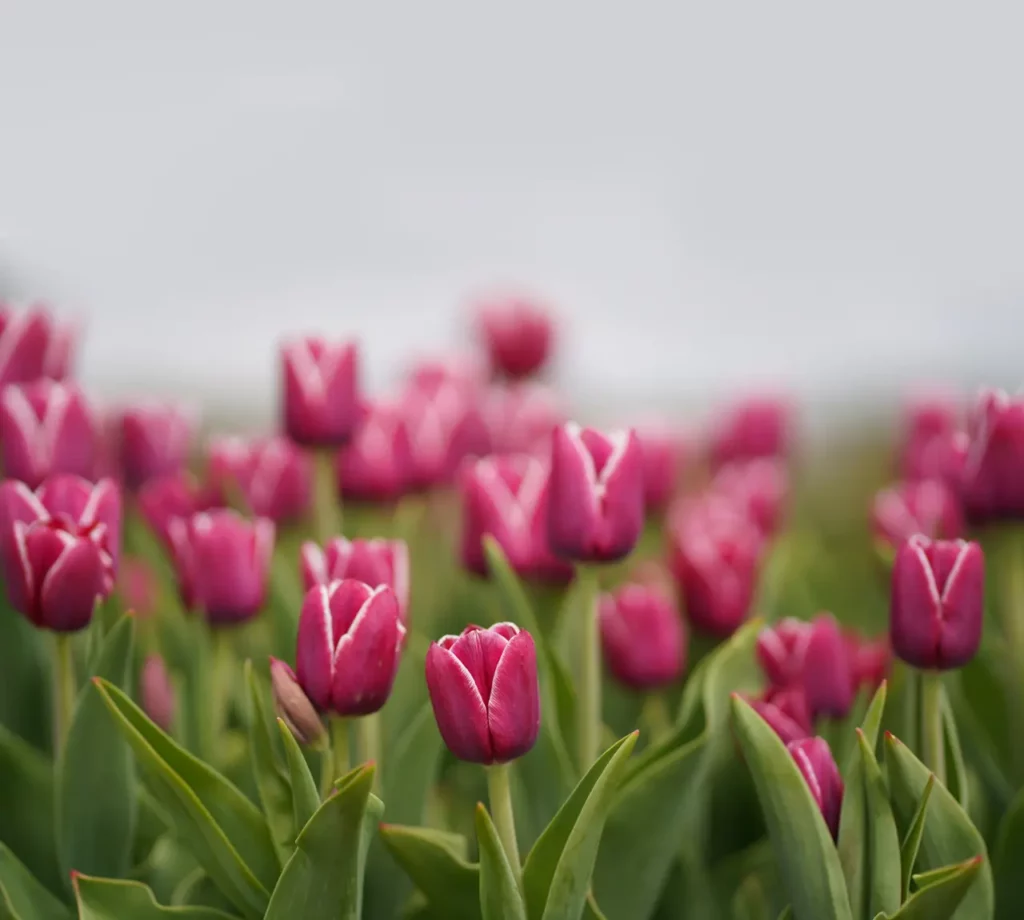
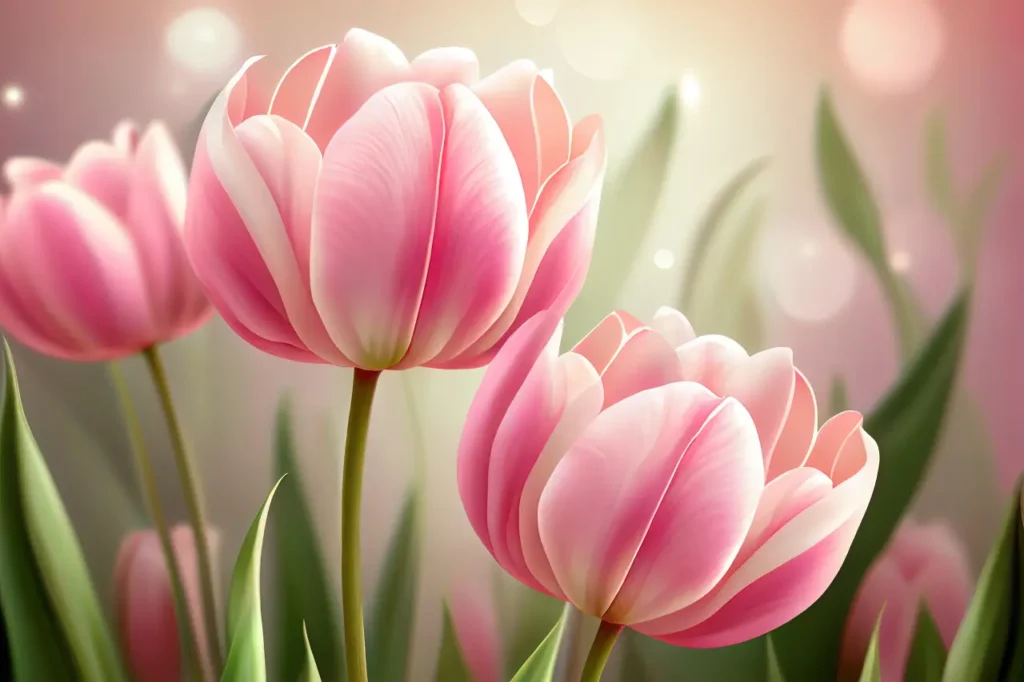

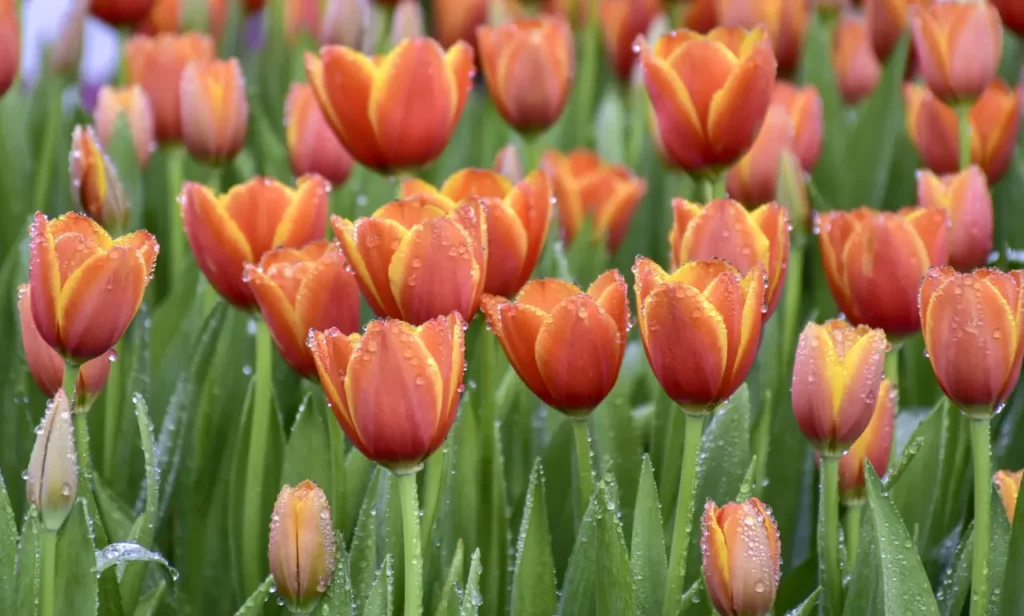
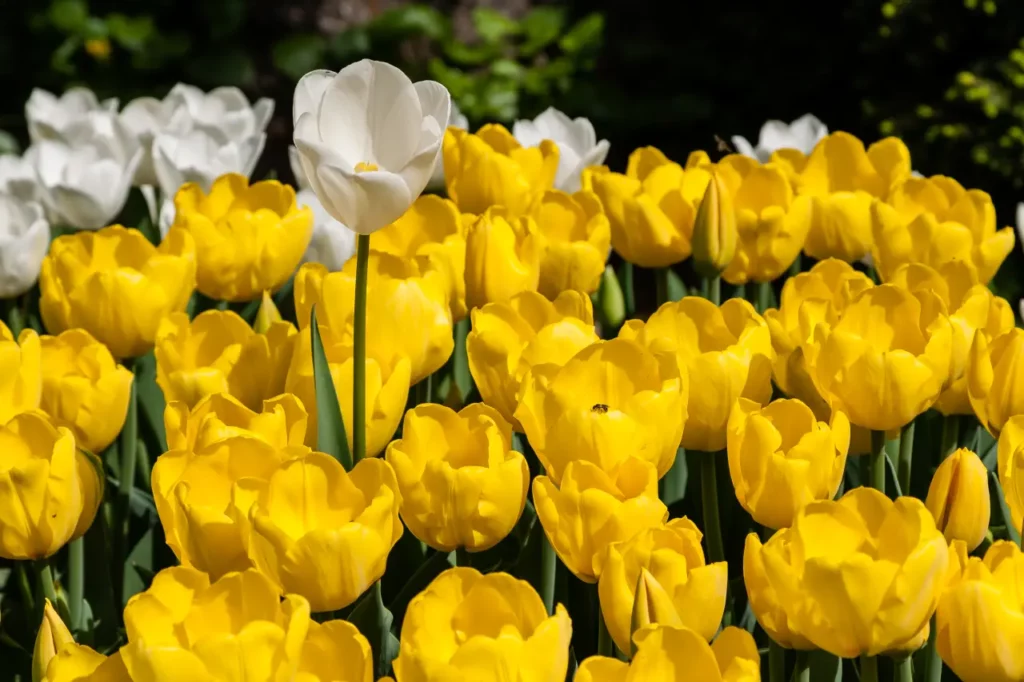
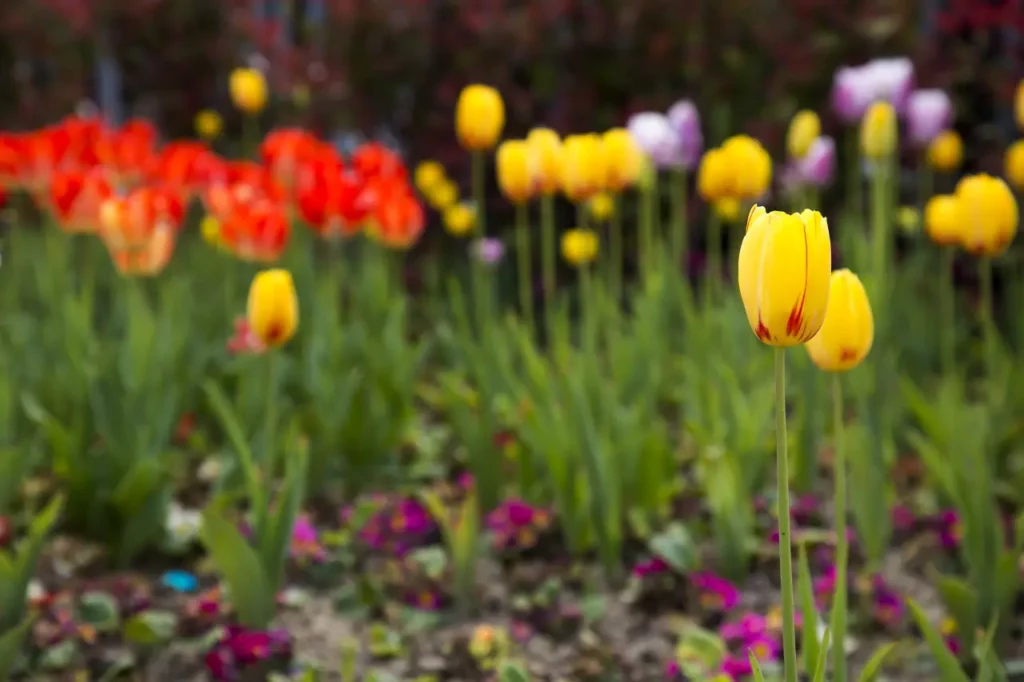
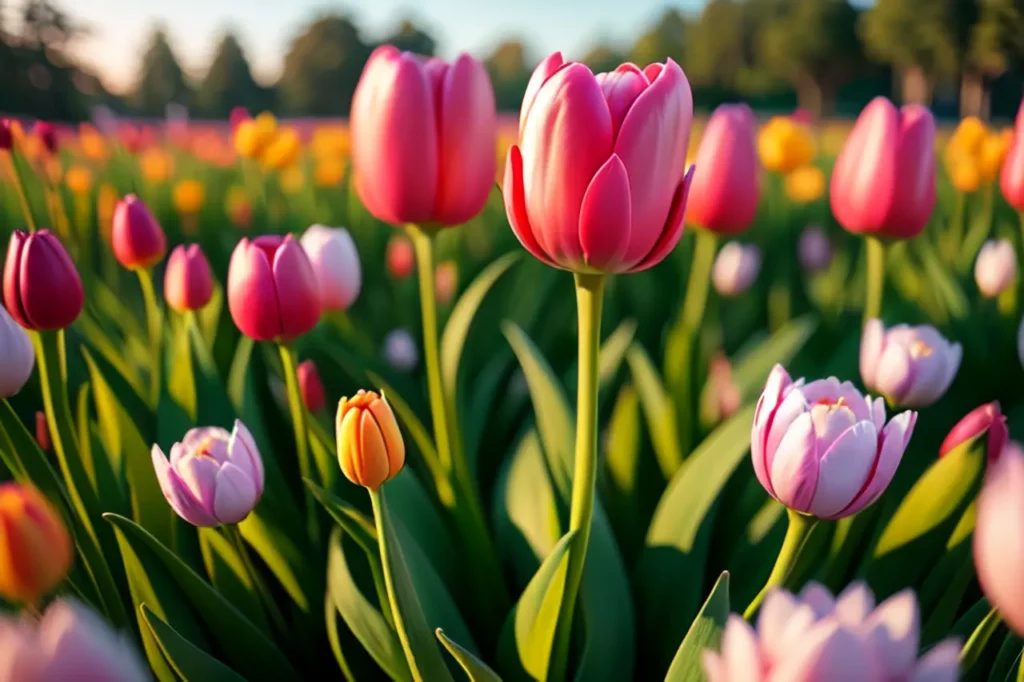
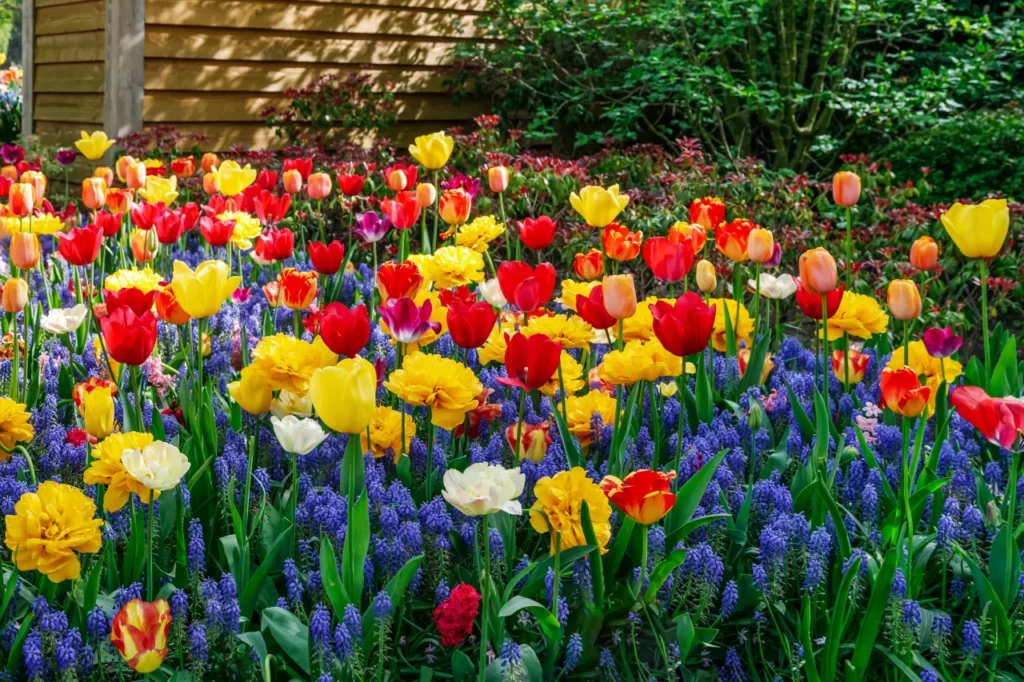
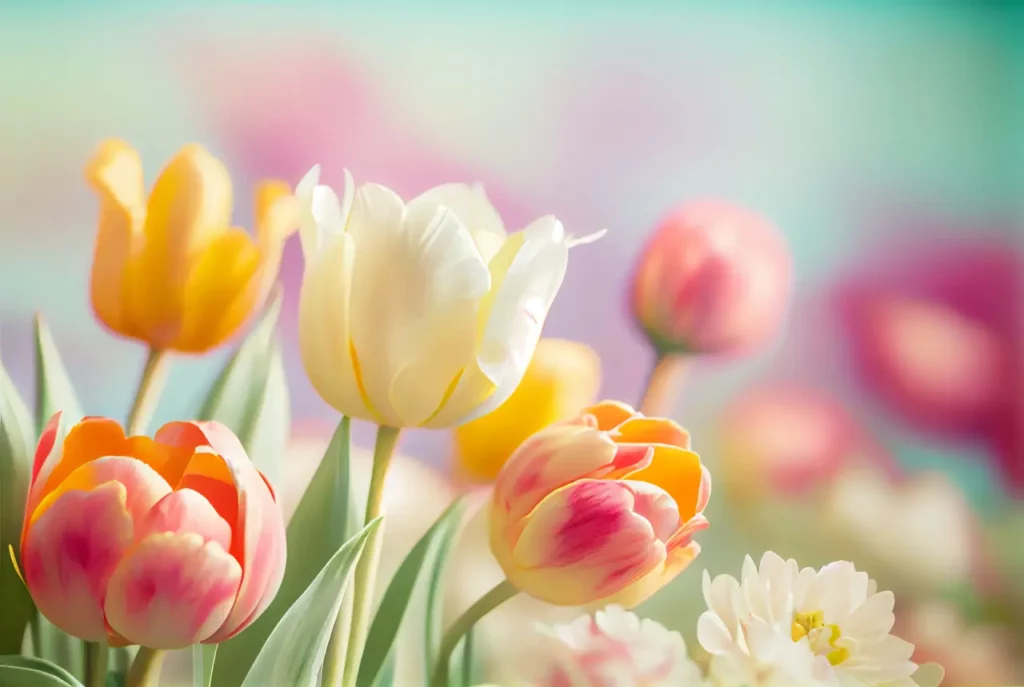
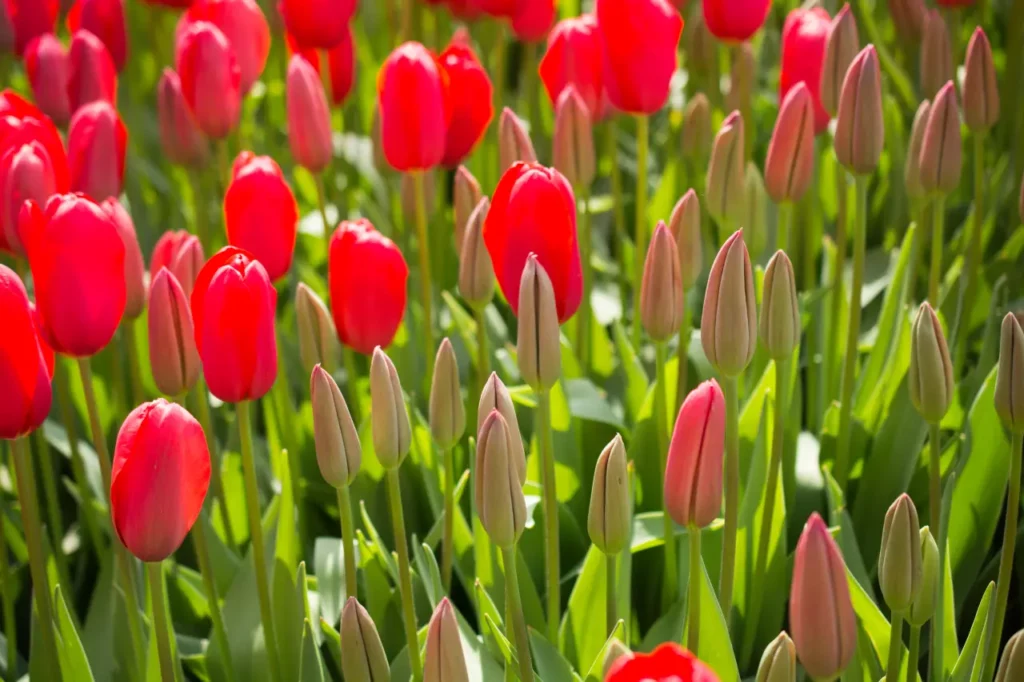
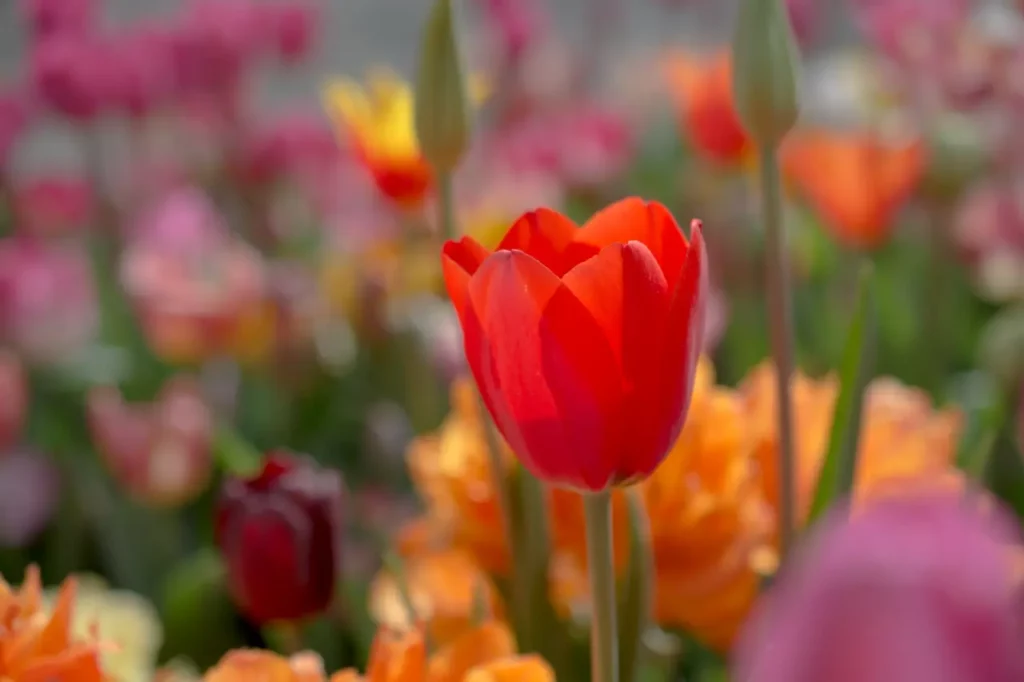
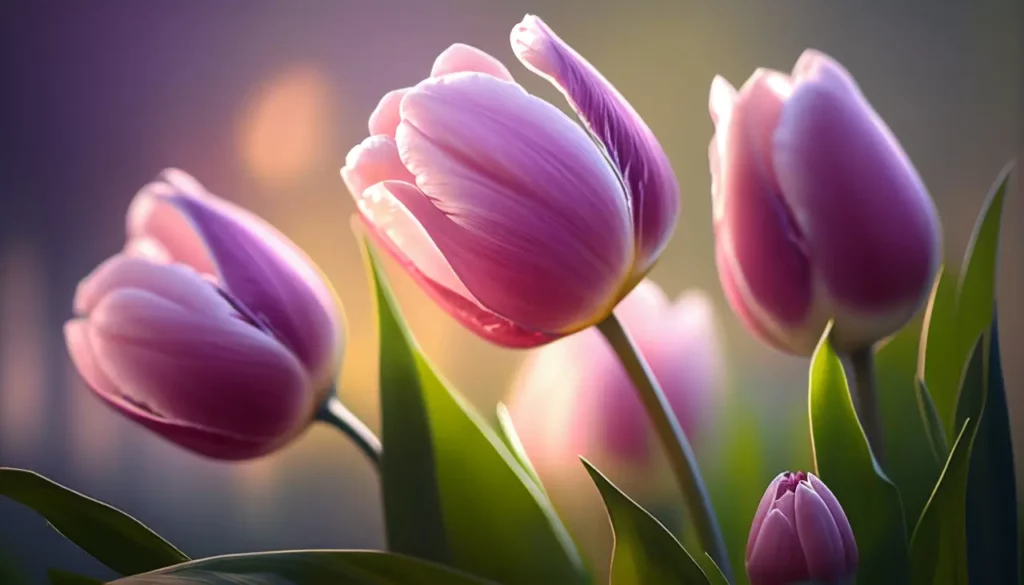

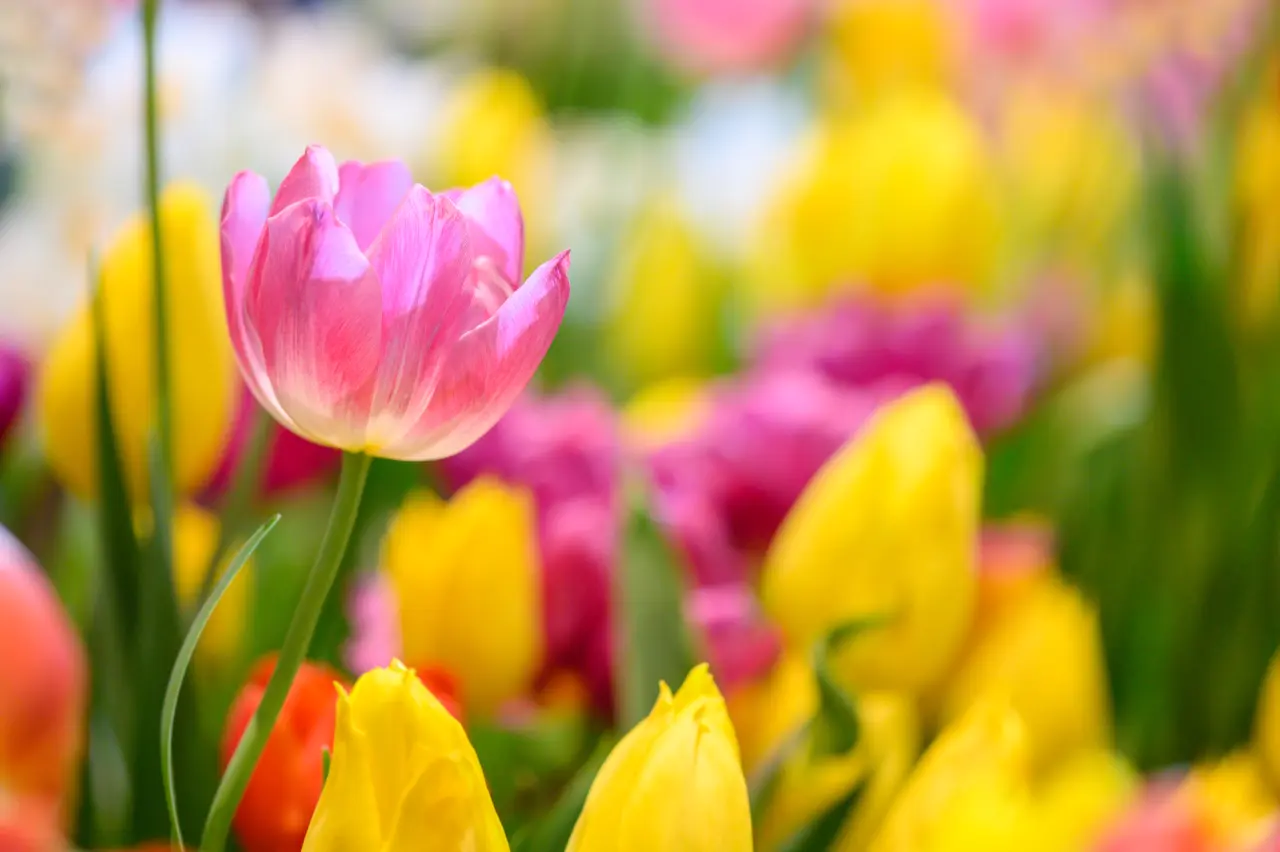
These iconic flowers have captivated hearts and inspired artists for centuries. With a rich history, diverse varieties, and enchanting symbolism, tulips hold a special place in the world of horticulture and continue to be a beloved sight in gardens, parks, and floral arrangements. Let’s explore the fascinating world of tulips and discover why they are treasured as nature’s true gems.
A Tapestry of Colors
Tulips are renowned for their breathtaking array of colors, spanning the entire spectrum from bold reds and yellows to delicate pinks, purples, and whites. These hues can vary greatly, and each shade holds its own symbolic meaning. Red tulips symbolize love and passion, while yellow tulips represent cheerful thoughts and friendship. Pink tulips convey affection and care, and purple tulips evoke royalty and admiration. With their kaleidoscope of colors, tulips have the power to uplift moods and create stunning visual displays that delight the eye.
A Rich Cultural History
Originating from the Middle East, tulips made their way to Europe in the 16th century, captivating the Dutch and igniting what became known as “Tulipmania.” During this time, tulips were highly sought-after and reached exorbitant prices, creating a speculative market frenzy. Although the tulip trade eventually crashed, it left an indelible mark on history and established the tulip as a symbol of beauty, luxury, and prosperity. Today, the Netherlands remains renowned for its vast tulip fields, attracting tourists from around the world to witness the awe-inspiring spectacle of blooming tulips.
Versatile and Adaptable
Tulips belong to the genus Tulipa and encompass over 3,000 registered varieties. These diverse cultivars come in various shapes, sizes, and bloom times, offering a wide range of options for gardeners and flower enthusiasts. From the classic single-flowered tulips to double-flowered, fringed, parrot, and lily-flowered varieties, there is a tulip to suit every taste and preference. Furthermore, tulips exhibit exceptional adaptability, thriving in both garden beds and containers, making them an accessible choice for novice and experienced gardeners alike.
Symbolism and Meaning
Tulips carry significant symbolism, making them more than just a visually stunning flower. In addition to the specific meanings associated with their colors, tulips are often associated with new beginnings, renewal, and springtime. They represent love, passion, and perfect love. Giving or receiving tulips can convey a message of affection, appreciation, or the desire for a fresh start. Whether presented as a gift or incorporated into ceremonial displays, tulips hold a symbolic significance that adds depth and emotion to any occasion.
Tulips, with their dazzling colors and timeless elegance, continue to captivate hearts and inspire admiration. From their cultural significance to their diverse varieties and symbolic meanings, tulips bring joy and beauty to gardens, homes, and floral arrangements around the world. Whether you witness the vast tulip fields of the Netherlands or cultivate your own small tulip garden, these majestic blooms have the power to uplift spirits and remind us of the wonders of nature. So, next time you encounter a tulip, take a moment to appreciate its beauty and reflect on the vibrant tapestry of life it represents.








